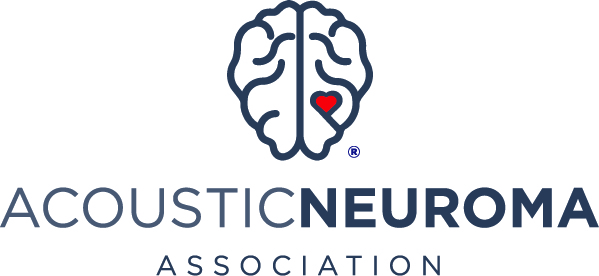In response to the claim made by Russ regarding GK accuracy being .66 mm, I would refer him to the following explanation of total machine error. In terms of the ultimate question as to how significant the difference in accuracy is in treatment outcomes I do not know and I do not think it should be a factor in someone choosing GK over CK or vice versa. However, the clear intention in increased accuracy is to limit exposure and potential impact to surrounding healthy structures. In that context, I find it hard to understand how one would not argue that it is not a benefit
Mark
Posted by: Steven Chang, MD - 3/1/2004 (9:30 p.m.)
This issue of accuracy is an important issue that is not asked by as many patients as it should be. A novel could be written on this issue, but the following is a short summary of what I feel are the key points.
First, let's talk about the gamma knife. Many people claim that the gamma knife has an accuracy of 0.5 mm. This is a claim by the manufacturer of the gamma knife, and thus is quoted by some doctors who do not have any information to back up this claim. There are 2 main problems with this claim. First, as a patient, I would not directly beleive any information quoted from a manufacturer without published medical data. A medical publication from 1994 in the journal of Neurosurgery reviewed four different stereotactic metal frames, all of which are used for frame based radiosurgery including the gamma knife. Over 21,000 tests were performed, and the accuracy of these metal frames was shown to be between 1.2 and 1.6 mm (a far cry from the 0.5 mm error quoted by some).
Now the situation gets even more complex. For a gamma knife system, the frame error (1.2 to 1.6 mm) is only a portion of the TOTAL error. On the gamma knife, the total error includes the error from the frame, the error from the imaging scans (CT or MRI), and the error within the machine itself. The gamma knife, like any machine, can be calibrated on install, but like any machine, the calibration does not eliminate all the error. Thus, when you add the frame error (1.2 to 1.6 mm) to the imaging error to the machine error, you are likely to get a total error in the 1.2 to 2.0 mm range.
Finally, as far as the metal frames, over time they can fatigue and bend (perhaps from just use or even accidentally dropped on the ground). Metal frames are supposed to be check and calibrated on a regular basis. Frames that bend have increasing errors, and are supposed to be "decomissioned" if their error becomes too large. How does a patient know if the frame they will be treated on has increasing errors from prior use? It is up to the vendor and physicians to perform these tests, but this frame evaluation may not be done on a regular basis.
As far as a conventional non-Cyberknife LINAC, these also use a frame, and thus have the same frame error as that for the gamma knife. There is also the same imaging error, and machine error, so total error is, in my opinion, the same as for the gamma knife. The two published accuracy papers on conventional non-Cyberknife LINAC show total system error (frame + imaging + machine) to be on the order of 1.6 to 1.8 mm.
As far as the Cyberknife, there is no frame error since there is no frame. However, there is a comparable error introduced by the need to track the patient. We looked at the tracking error, imaging error, and machine error on the Cyberknife, and the total sum of all these errors was 1.1 mm (published in Neurosurgery). We found this to be very interesting since the total sum of all the errors for this test was lower than the the frame error alone for stereotactic frames.
Bottom line:
1. Most doctors quote accuracy numbers without any knowledge of where the numbers come from or evidence supporting their claim. I would ALWAYS ask your doctor to provide you with a copy of the ACTUAL PUBLISHED ACCURACY DATA, not some verbal quoted vendor number. If they do not have published accuracy information to share with you, how do you know it is true?
2. Be careful that the accuracy data that you are being quoted consists of total clinical accuracy, and not a subcomponent of the total error. It does no good if you say frame accuracy is 1.0 mm, but then imaging errors and machine error introduce another 1 mm error. In such case the total error can be 2 mm, and quoting 1 mm would be misleading the patient.




